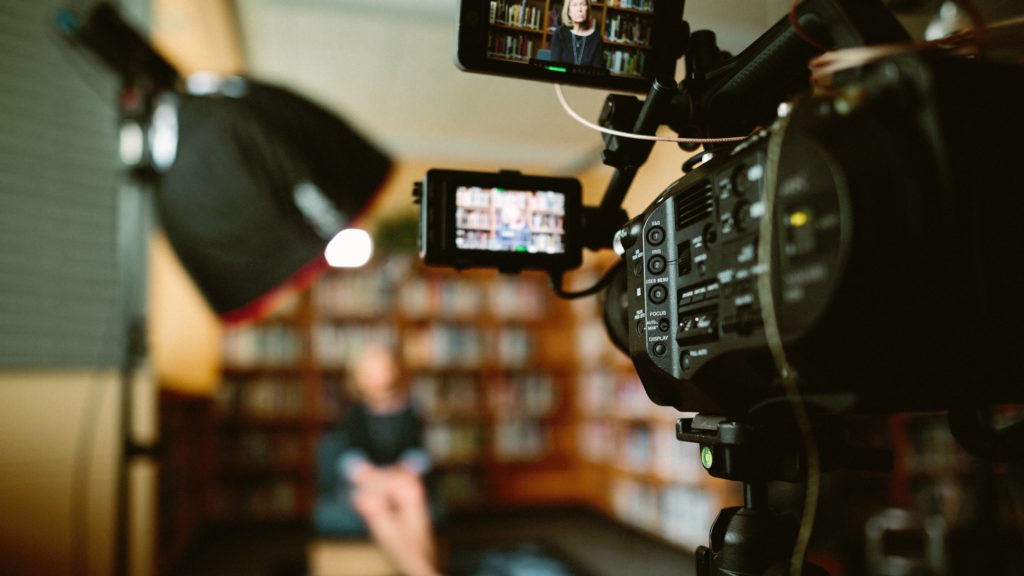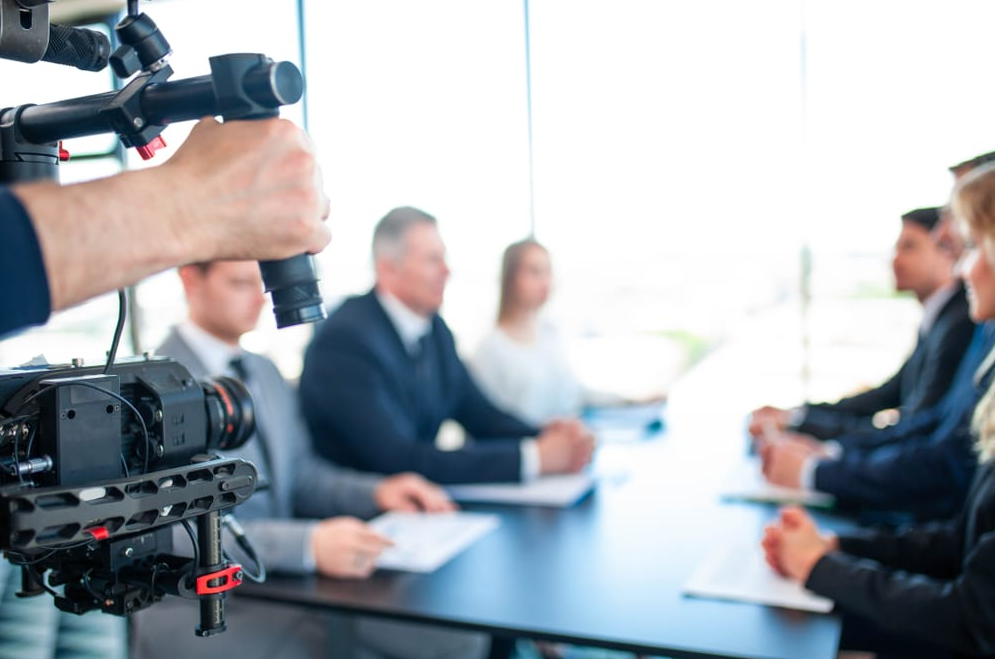Understanding the Influence of Legal Videography on Instance Outcomes
Diving Into the Systems of Legal Videography: Introduction Its Operation in Safeguarding Authentic Aesthetic Testimony for Judicial Process
In the realm of judicial process, the function of legal videography stands as a cornerstone in maintaining and providing aesthetic proof. As modern technology proceeds to development, the mechanisms behind lawful videography have become progressively elaborate, offering a crucial layer of authenticity to testaments caught on video.
Historic Development of Lawful Videography
Analyzing the historic development of lawful videography exposes a considerable transformation in the catching and presentation of visual proof within the legal landscape. In the past, legal procedures greatly counted on written photos and transcripts to record occasions and supply proof. However, with the development of video clip modern technology, the legal sector witnessed a paradigm change in just how visual statement was caught and presented.
The advancement of lawful videography can be mapped back to the late 20th century when innovations in video clip recording tools made it more easily accessible for usage in court rooms. This technical advancement not only boosted the precision and integrity of aesthetic proof but likewise changed the means instances were offered to courts and courts (Legal Videography). Attorneys started to acknowledge the persuasive power of video clip recordings in sharing feelings, nuances, and non-verbal signs that written photographs or transcripts alone could not catch effectively

Modern Technology Advancements in Video Paperwork
What essential technological improvements have revolutionized video clip documents in the lawful area? The legal area has actually seen considerable developments in video clip documents technology that have actually boosted the authenticity and integrity of visual evidence in judicial process. Among the crucial advancements is high-def (HD) video clip recording abilities, which provide crystal-clear photos and sharp information that are vital for precisely catching testaments, face expressions, and various other visual cues. Additionally, the integration of timestamping and metadata features in video clip documents devices has enabled specific documentation of when and where the video was recorded, ensuring the honesty of the evidence offered in court.
Additionally, advancements in video security and watermarking technologies have actually reinforced the security and tamper-proof nature of video proof, guarding it versus unapproved alterations or tampering. In addition, the introduction of cloud storage space solutions and remote gain access to capacities has streamlined the storage space, retrieval, and sharing of video clip proof, facilitating seamless cooperation among legal experts and making sure effective accessibility to vital aesthetic testaments when needed. These technical developments in video paperwork have actually undoubtedly reinvented the lawful area, boosting the precision, reliability, and admissibility of visual proof in judicial process.
Duty of Lawful Videographers in Court Settings
The development of video paperwork modern technology in the legal field has actually demanded a crucial role for lawful videographers in court settings, ensuring the honesty and integrity of aesthetic testimonies offered throughout judicial proceedings. Legal videographers play a basic function in Learn More Here capturing and preserving precise visual proof that can be critical in court cases. Their duty encompasses establishing devices, recording process, and generating premium videos that accurately mirror the events in the courtroom.
In courtroom setups, lawful videographers should abide by rigorous guidelines and criteria to maintain the authenticity of the visual document. They need to have a keen eye for detail and a detailed understanding of lawful treatments to guarantee that the video they catch is a true representation of the events that transpired. Furthermore, lawful videographers usually function closely with lawful find this groups to guarantee that the video clip evidence straightens with the case's demands and can be properly presented in court to support the lawful debates being made. In general, the function of lawful videographers in court setups is important in upholding the principles of justice and making certain the transparency of lawful procedures.

Ensuring Admissibility and Honesty of Video Clip Evidence
To preserve the credibility of visual proof provided in lawful proceedings, making sure the admissibility and honesty of video evidence is an important responsibility for legal videographers. Admissibility describes the acceptance of evidence by the court, and for video evidence to be permissible, it must satisfy certain requirements. Lawful videographers play a crucial function in making certain that the video clips they catch adhere to the regulations of proof, such as credibility, dependability, and importance.
Honesty of video proof includes preserving the originality and accuracy of the footage from the time it is taped till it is offered in court. This consists of firmly saving the video data, documenting the chain of wardship, and preventing any tampering or alterations. Lawful videographers have to follow stringent methods to assure the honesty of the video clip evidence and prevent any difficulties to its authenticity.
Future Trends in Legal Videography
Given the increasing dependence on modern technology in lawful procedures, legal videographers are positioned to accept cutting-edge advancements forming the future of visual testimony capture and discussion. Among the noticeable fads coming up is the integration of digital reality (VIRTUAL REALITY) and boosted truth (AR) innovations into lawful videography. These innovations have the potential to change exactly how visual evidence is presented in courtrooms, permitting courts and courts to immerse themselves in the scene of the crime or case.
Additionally, the usage of fabricated intelligence (AI) formulas for video evaluation is expected to simplify the process Visit This Link of reviewing and examining large quantities of video clip footage. AI can help in recognizing crucial moments, anomalies, and patterns within videos, boosting the effectiveness of lawful investigations.

Conclusion
In verdict, legal videography has actually played a crucial role in supplying authentic aesthetic evidence for judicial procedures. Through technical improvements and the competence of lawful videographers, the stability and admissibility of video clip evidence are made certain in court setups. As legal videography continues to develop, it will certainly be vital to promote standards that preserve the precision and dependability of aesthetic testimony for the future of legal process.
Checking out the historic development of legal videography reveals a considerable makeover in the capturing and discussion of aesthetic evidence within the legal landscape.The development of video paperwork modern technology in the legal field has required a vital role for legal videographers in court room setups, ensuring the honesty and dependability of visual statements provided throughout judicial process. Additionally, legal videographers commonly function very closely with lawful groups to ensure that the video evidence aligns with the situation's demands and can be efficiently presented in court to support the lawful arguments being made.To keep the reliability of visual evidence provided in legal proceedings, ensuring the admissibility and integrity of video proof is an important responsibility for lawful videographers. As legal videography proceeds to evolve, it will certainly be necessary to promote criteria that preserve the accuracy and reliability of visual statement for the future of legal proceedings.